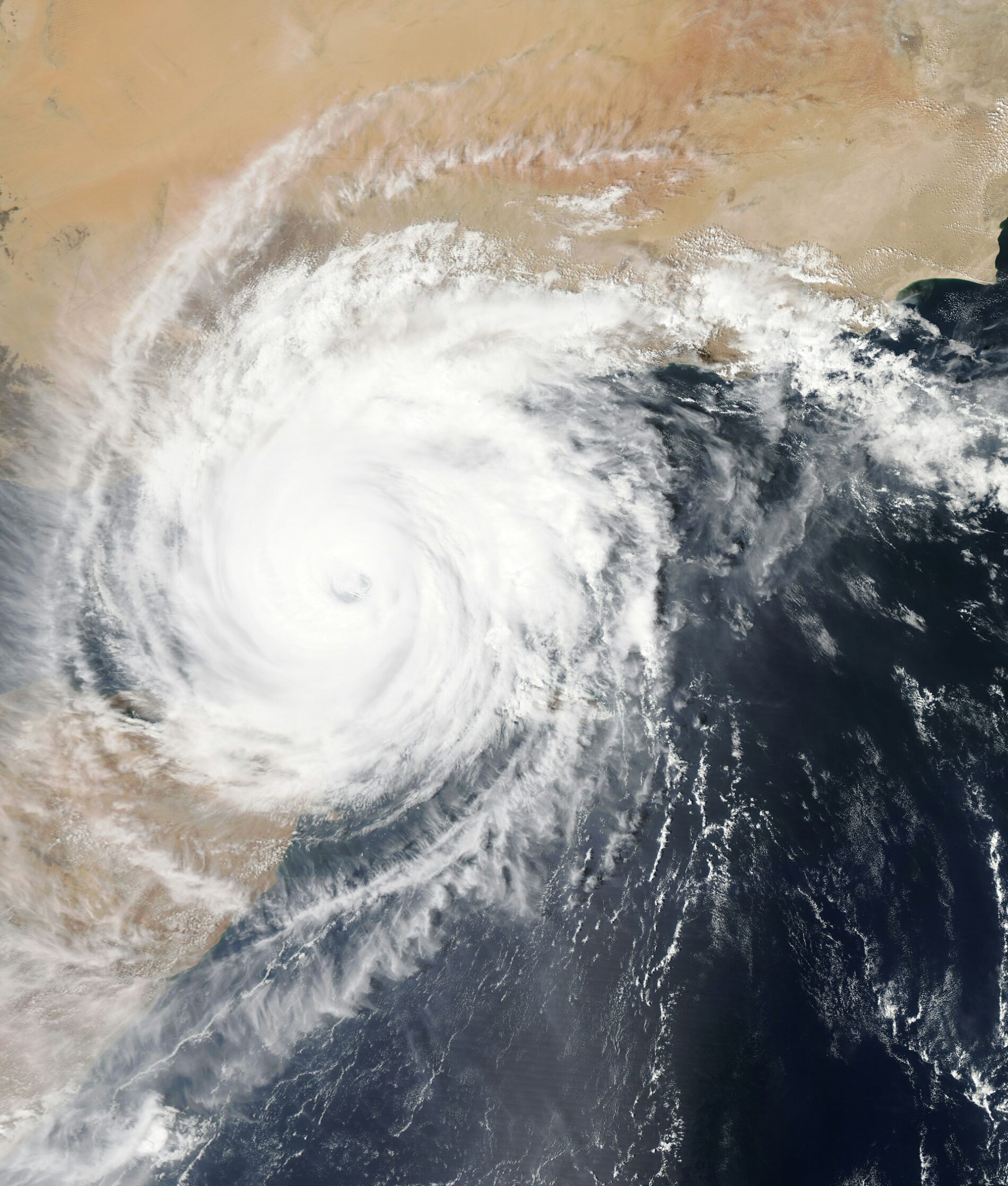Cyclonic Storm “ASNA” Weakens Over West Arabian Sea: A Detailed Update

As of September 1, 2024, the cyclonic storm “ASNA,” which had formed over the West Arabian Sea, has shown signs of weakening. According to the latest meteorological reports, ASNA, after moving southwestward over the past 12 hours, has turned into severe depression. The storm’s current position is approximately at Latitude 22.0 N and Longitude 61.2 E, placing it around 320 km northeast of Masirah Island (Oman), 340 km east-southeast of Muscat (Oman), and 370 km south of Gwadar, Pakistan. This represents a substantial change in the storm’s path and intensity, suggesting a lower hazard level than previous predictions.
Storm Path and Current Status
Initially classified as a Cyclonic Storm (CS), ASNA demonstrated considerable strength as it moved across the Arabian Sea. However, as it traveled southwestward, the storm encountered atmospheric conditions that contributed to its weakening. On the other day, ASNA had started losing some of its intensity, transitioning from a Cyclonic Storm to a Deep Depression. Meteorologists predict that this system will continue to weaken further.
The shifting course of ASNA has taken it closer to the Omani coast, specifically near Masirah Island and Muscat. Although the storm is now weaker, it continues to pose certain risks to the surrounding areas, particularly concerning sea conditions and local weather patterns.
Impact on Sea Conditions and Fishermen Advisory
Despite the weakening of ASNA, the storm’s residual effects are still significant, particularly in terms of sea conditions. It is expected that the Arabian Sea will continue to be rough to extremely stormy, with squally winds going up to 60 km/h. These conditions are likely to persist until tonight, posing a danger to marine activities in the affected regions.
As a precautionary measure, the Pakistan Meteorological Department (PMD) has issued an advisory for fishermen operating in the Balochistan region. Fishermen are strongly advised to avoid to get into the open sea until the situation stabilizes. The advisory remains in effect until tomorrow, ensuring that local communities and maritime operations remain safe from the potential hazards posed by the storm.
Preparedness and Precautions
The rapid dissemination of information regarding ASNA’s weakening is crucial for the safety of those in the storm’s vicinity. Local authorities in both Oman and Pakistan are likely to continue monitoring the situation closely, issuing updates and warnings as necessary. Residents in coastal areas, particularly in Gwadar and other vulnerable regions, are advised to stay informed and follow any instructions from local emergency services.
While the threat level has become low with the storm’s weakening, it remains important for coastal communities to remain active. Unexpected changes in the storm’s behavior or intensity could still pose risks, particularly in terms of localized flooding or strong winds.
Conclusion
Cyclonic Storm ASNA’s transition into a Deep Depression signifies a reduction in the immediate threat to regions surrounding the Arabian Sea. However, with rough sea conditions persisting and the potential for further weather disturbances, it is essential for affected communities to remain cautious. The ongoing advisory for fishermen in Balochistan underscores the need for careful navigation of the situation, with safety taking precedence as the storm continues to weaken and move southwestward.



